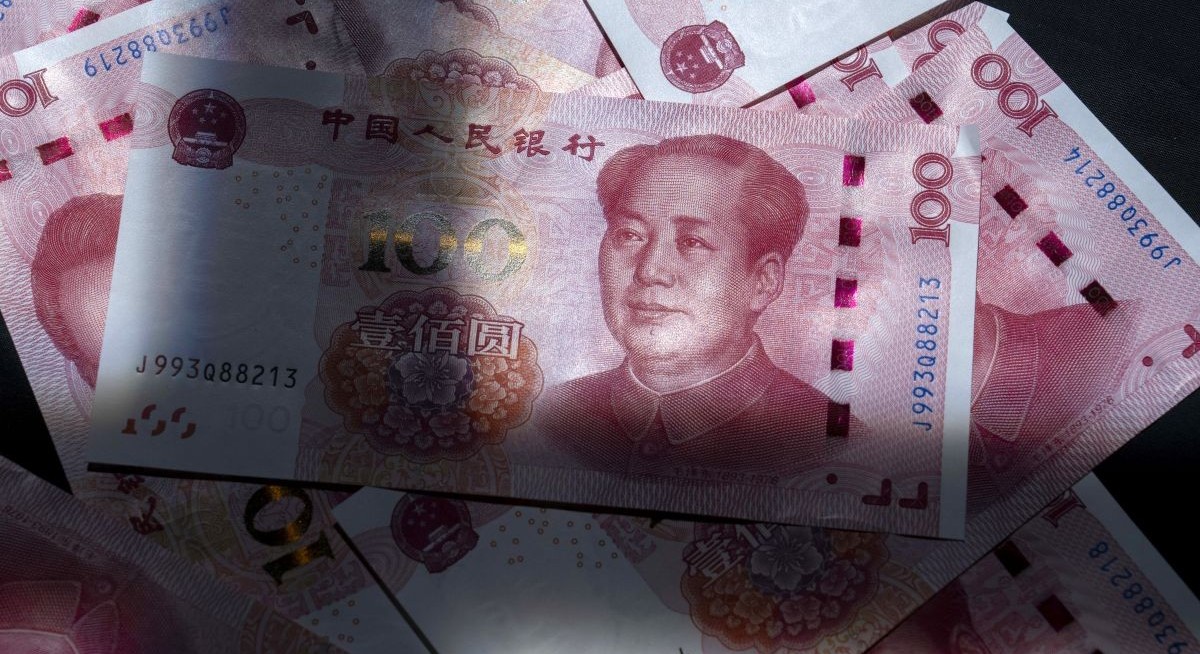The data points to bullish sentiment toward the yuan, after the currency reached its strongest since November last month. More foreign exchange conversions by local exporters could support the yuan through renewed trade tensions with the US.
“The net surplus in foreign exchange settlement indicates that inflows into China were picking up, helping to support the yuan, while exporter conversion has also accelerated,” said Khoon Goh, the head of Asia research at Australia and New Zealand Banking Group.
The figures highlighted a spike in currency conversions for the goods trade, amid robust export growth in September. This helped offset an outflow from securities investment, as separate central bank data showed foreign institutions continued to cut onshore bond holdings last month.
Analysts interviewed by Bloomberg last month expect Chinese exporters to convert hundreds of billions of dollars to their home currency, if the yuan extends its rally towards 7.00. The onshore yuan traded around the 7.12 per dollar level on Wednesday.
See also: Taiwan faces delicate currency balance to avoid manipulator tag
The People’s Bank of China (PBOC) set the yuan’s daily reference rate at its strongest in about a year this month, after US President Donald Trump ramped up tariff threats against China in early October.
With the PBOC favouring yuan strength and nudging the fixing stronger, “we could see further increase in exporter conversion ratios for the rest of the year, which would lead to further yuan appreciation”, Khoon said.
Uploaded by Jason Ng




